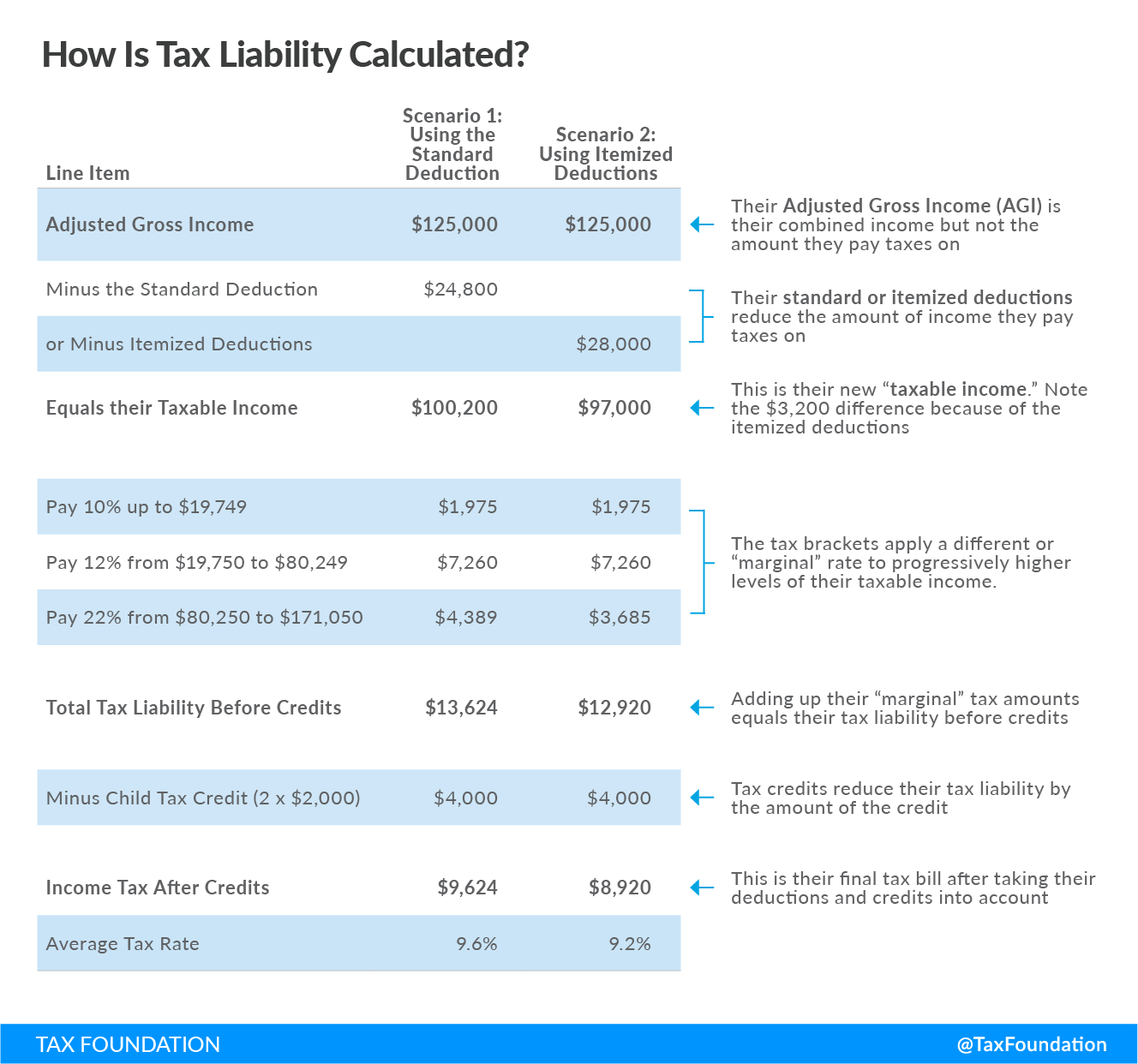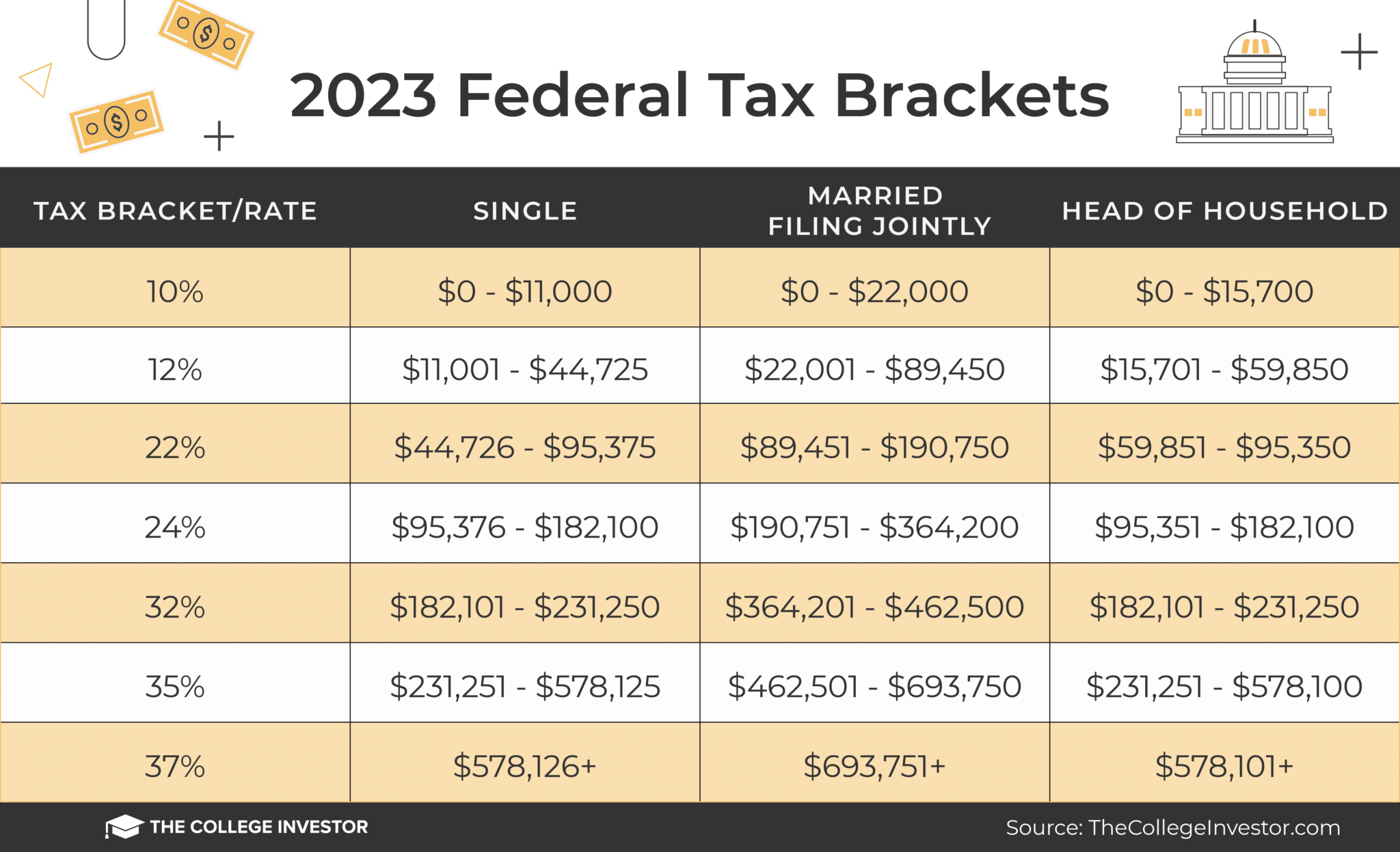What Can You Expect from Child Tax Deductions in 2025? Find Out the Eligibility, Benefits, and Updates Here!
In this extensive guide, we've condensed all the latest information regarding the 2025 Child Tax Deduction. Get ready to uncover eligibility criteria, potential benefits, and crucial updates that could significantly impact families.
Editor's Note: The newest updates on "Child Tax Deductions in 2025: Eligibility, Benefits, and Updates" were released on [Publish Date]. Given the importance of financial preparation for families, we strongly encourage you to stay informed about these changes to make well-informed decisions.
Our team has conducted thorough research and analysis to provide you with a comprehensive understanding of the Child Tax Deductions in 2025. We'll break down the eligibility requirements, discuss the potential benefits, and highlight the key updates that may affect your family's financial planning. With this guide, you'll be equipped to make informed decisions and maximize the benefits available to you.
Key Differences and Updates at a Glance
| 2022 | 2025 |
| Maximum credit: $3,600 per child under age 6, $3,000 per child ages 6 to 17 | Maximum credit: Under review and subject to change as part of ongoing legislation |
| Phase-out income limits: $75,000 for single filers, $150,000 for married couples filing jointly | Phase-out income limits: To be determined |
| Fully refundable: Yes | Refundability status: To be determined |
Eligibility for Child Tax Deductions in 2025
...
FAQ
This FAQ section provides answers to frequently asked questions and addresses common concerns regarding child tax deductions in 2025.
Question 1: Who is eligible to claim the child tax deduction?
Answer: To be eligible, the child must meet specific requirements, including being under the age of 19 or a full-time student under the age of 24. They must also be a dependent of the taxpayer and not have provided more than half of their own support during the year.
Question 2: What are the benefits of claiming the child tax deduction?
Answer: The child tax deduction can significantly reduce the taxpayer's taxable income, resulting in a lower tax liability. Additionally, it may provide a tax credit that can directly offset the tax owed.
Question 3: What are the recent updates to the child tax deduction for 2025?
Answer: The American Rescue Plan Act of 2021 had made significant enhancements to the child tax credit, including increasing the maximum amount and extending the age eligibility. These changes are expected to continue in 2025, subject to any potential revisions or modifications.
Question 4: How can I claim the child tax deduction on my tax return?
Answer: To claim the child tax deduction, the taxpayer should use the appropriate tax form, such as Form 1040, and follow the instructions provided. They will need to provide information about the qualifying child, such as their name, age, and Social Security number.
Question 5: What documents do I need to prove my eligibility for the child tax deduction?
Answer: In general, the taxpayer should keep documentation that supports their claim, such as the child's birth certificate or adoption papers, proof of support, and the child's Social Security number.
Question 6: What are the potential consequences of claiming an ineligible child for the tax deduction?
Answer: Incorrectly claiming an ineligible child for the tax deduction may result in the taxpayer facing penalties or having to repay the tax benefits received, along with potential interest. Therefore, it is crucial to ensure that the taxpayer meets the eligibility criteria before claiming this deduction.
In summary, understanding the eligibility requirements, potential benefits, and any recent updates regarding the child tax deduction is essential for taxpayers. By addressing these common concerns and misconceptions, taxpayers can make informed decisions when claiming this valuable deduction on their tax returns.
To learn more about child tax deductions and other tax-related topics, explore the rest of our comprehensive guide.
Tips for Child Tax Deductions in 2025
Child tax deductions can significantly reduce your tax liability, providing financial relief to families with eligible children. To maximize your deductions, consider the following tips:

Resources - Source tax29.com
Tip 1: Know the Eligibility Criteria
To claim a child tax deduction, the child must meet specific requirements. Generally, the child must be under 19, a U.S. citizen or resident, and not filing their own tax return. Additional criteria may apply, so it's crucial to review the latest regulations.
Tip 2: Gather Necessary Documentation
When filing your taxes, be prepared to provide proof of your child's age, residency, and relationship to you. This documentation can include birth certificates, Social Security cards, or adoption papers. Having these documents readily available streamlines the filing process.
Tip 3: Explore the Child Tax Credit
The Child Tax Credit (CTC) is a refundable tax credit that further reduces your tax liability. Unlike the deduction, the CTC is available to a broader range of families. The credit amount varies based on the number of eligible children and your income.
Tip 4: Consider Adoption Expenses
If you adopted a child, you may be eligible for an adoption tax credit. This credit helps offset the costs associated with adoption, including legal fees, travel expenses, and medical care. The amount of the credit is phased out based on your income.
Tip 5: Seek Professional Advice
Navigating tax laws can be complex. If you have any uncertainties about child tax deductions or credits, consider seeking professional advice. A tax professional can provide personalized guidance to ensure you maximize your deductions and avoid any potential errors.
For a comprehensive overview of child tax deductions and the latest updates, refer to Child Tax Deductions In 2025: Eligibility, Benefits, And Updates.
By following these tips, you can effectively utilize child tax deductions and credits to reduce your tax burden and support the financial well-being of your family.
Child Tax Deductions In 2025: Eligibility, Benefits, And Updates
Child tax deductions are a valuable tax break for families with children. In 2025, the eligibility criteria, benefits, and updates to these deductions are set to change. This article explores the key aspects to be aware of regarding child tax deductions in 2025 and their implications for families.
- Income Eligibility: Families with incomes below certain thresholds qualify for the full deduction.
- Age Restriction: The child must be under the age of 17 to qualify as a dependent.
- Adoption Expenses: Adoption-related expenses may be eligible for an additional deduction.
- Child Care Credit: This credit offsets child care expenses for working parents.
- Expanded Tax Credit: The child tax credit has been expanded in recent years, providing more benefits to low- and middle-income families.
- Simplification of Filing: The IRS has made efforts to simplify the process of claiming child tax deductions.
These key aspects highlight the importance of understanding the changes in child tax deductions for 2025. Families should consider their income, child's age, and other factors to determine their eligibility. The expanded tax credit and adoption expenses deduction provide opportunities for additional savings, while the simplified filing process eases the burden of claiming these deductions. By staying informed about these updates, families can maximize their tax savings and support the well-being of their children.

Tax Deduction Definition | TaxEDU | Tax Foundation - Source taxfoundation.org
Child Tax Deductions In 2025: Eligibility, Benefits, And Updates
The Child Tax Deduction (CTD) is a tax break that allows eligible taxpayers to reduce their taxable income by up to $2,000 per qualifying child. The CTD is available to taxpayers who meet certain income requirements and whose children meet certain age and residency requirements. The CTD is a valuable tax break that can help taxpayers save money on their taxes.

Standard Tax Deduction 2025 Married Jointly Under 80c - Sonia Paige - Source soniapaige.pages.dev
In order to be eligible for the CTD, taxpayers must meet certain income requirements. For 2023, the income limits are $200,000 for single filers and $400,000 for married couples filing jointly. Taxpayers who earn more than these amounts may still be eligible for a reduced CTD.
The CTD is a refundable tax credit, which means that taxpayers can receive the full amount of the credit even if they do not owe any taxes. The CTD is also phased out for high-income taxpayers. The phase-out begins at $400,000 for single filers and $500,000 for married couples filing jointly. Taxpayers who earn more than these amounts will not be eligible for the CTD.
The CTD is a valuable tax break that can help taxpayers save money on their taxes. Taxpayers who meet the eligibility requirements should make sure to claim the CTD on their tax return.
| Year | Income Limit | Phase-Out Begins |
|---|---|---|
| 2025 | $200,000 (single filers) | $400,000 (single filers) |
| 2025 | $400,000 (married couples filing jointly) | $500,000 (married couples filing jointly) |
Conclusion
The CTD is a valuable tax break that can help eligible taxpayers save money on their taxes. The CTD is a refundable tax credit, which means that taxpayers can receive the full amount of the credit even if they do not owe any taxes. The CTD is also phased out for high-income taxpayers. Taxpayers who meet the eligibility requirements should make sure to claim the CTD on their tax return.
The CTD is a temporary tax break that is scheduled to expire in 2025. Congress may extend the CTD beyond 2025, but there is no guarantee that it will do so. Taxpayers should make sure to take advantage of the CTD while it is available.